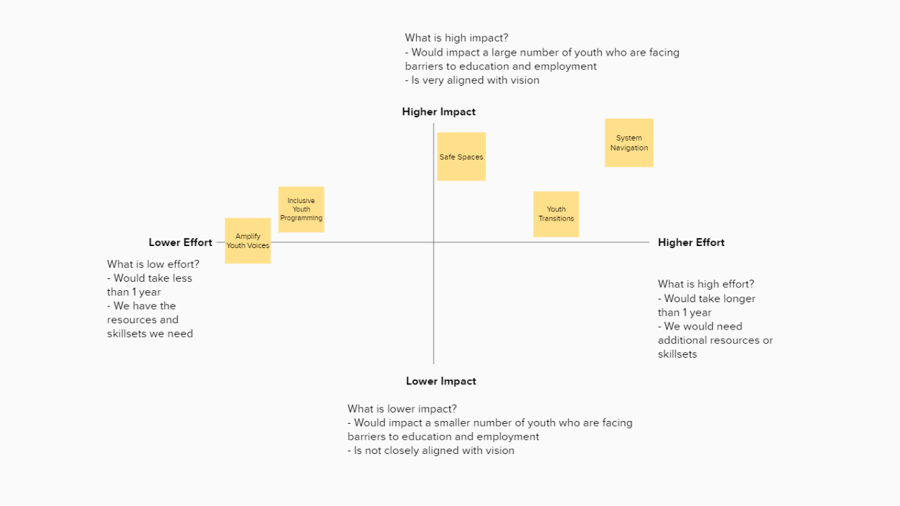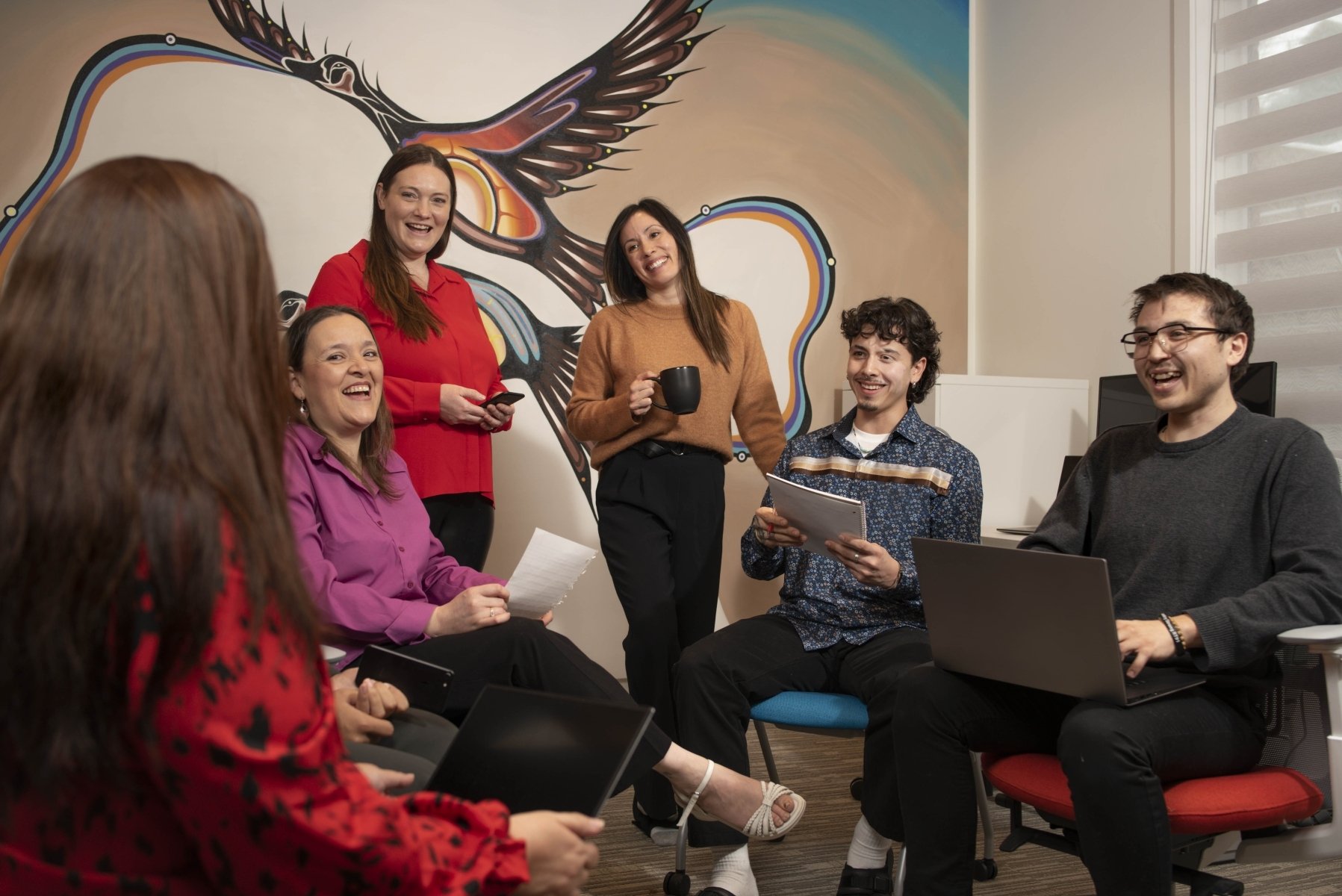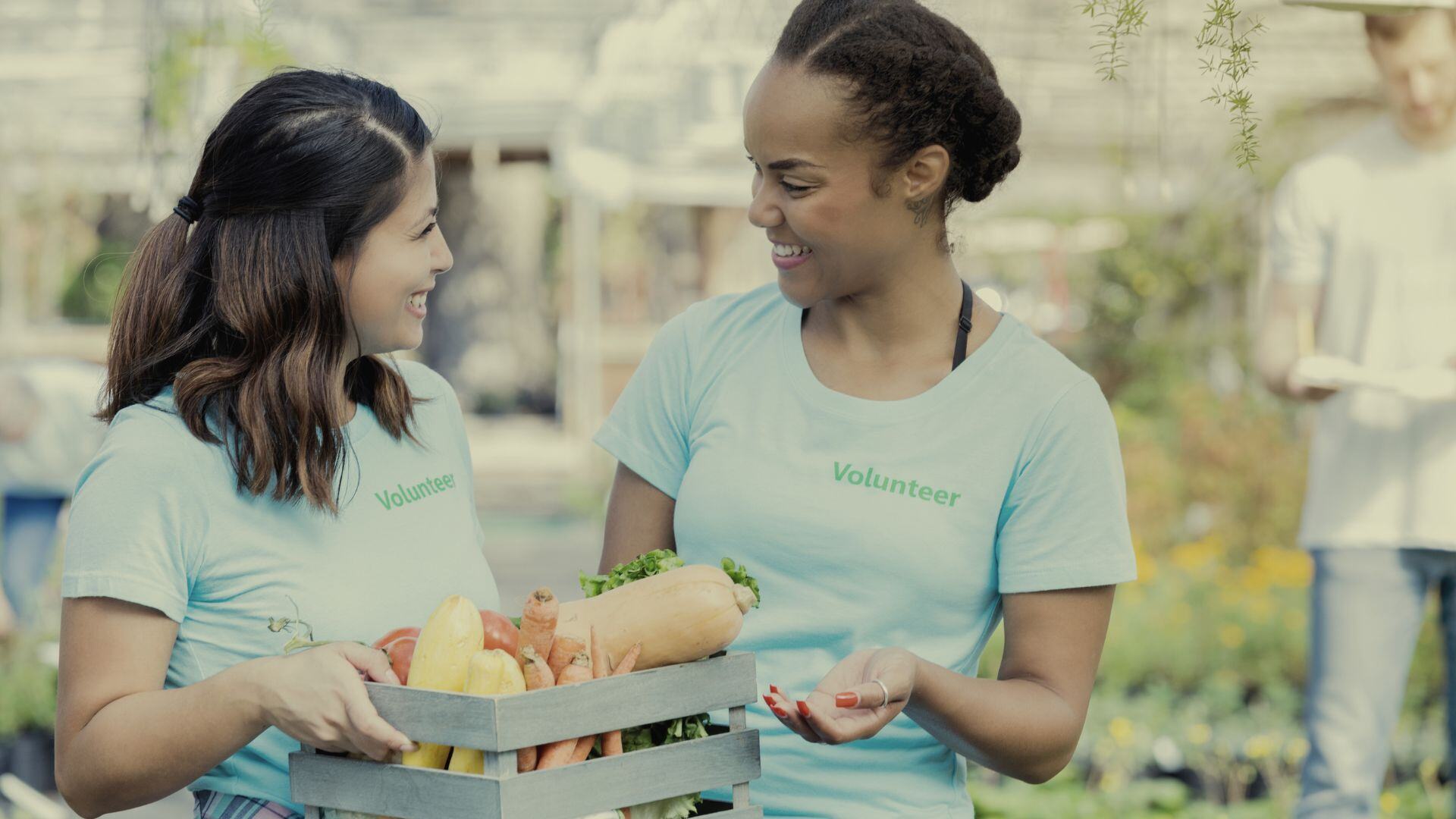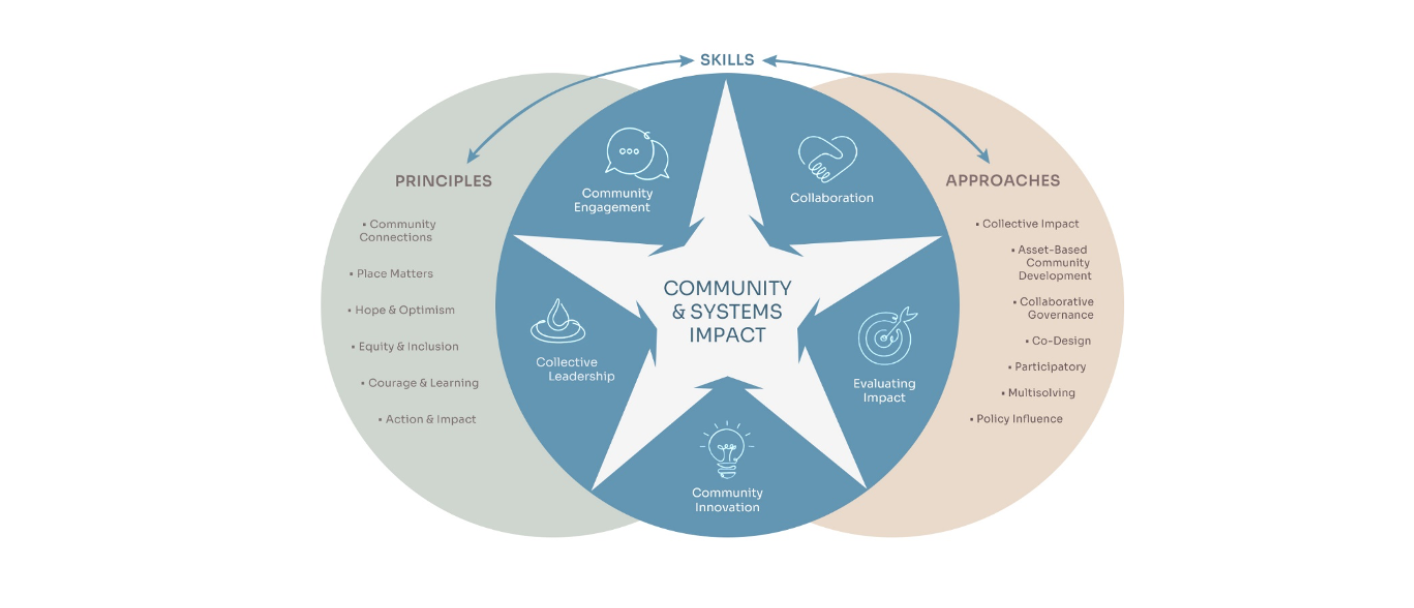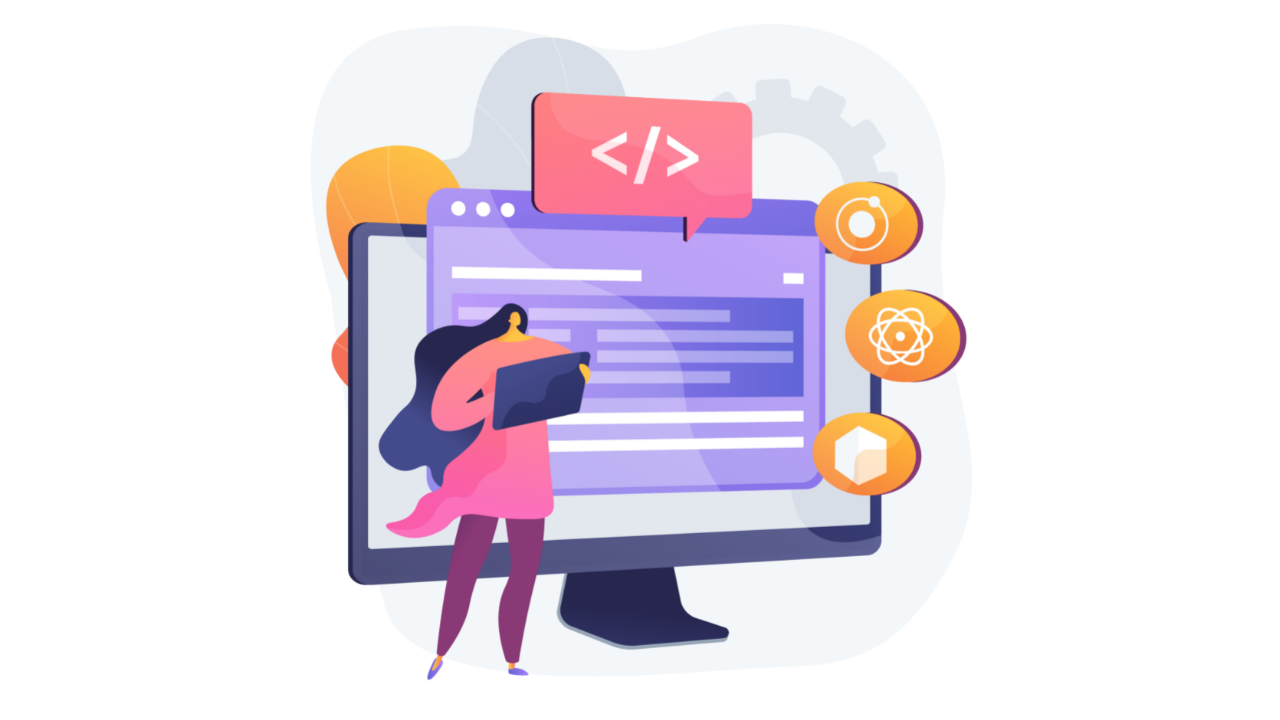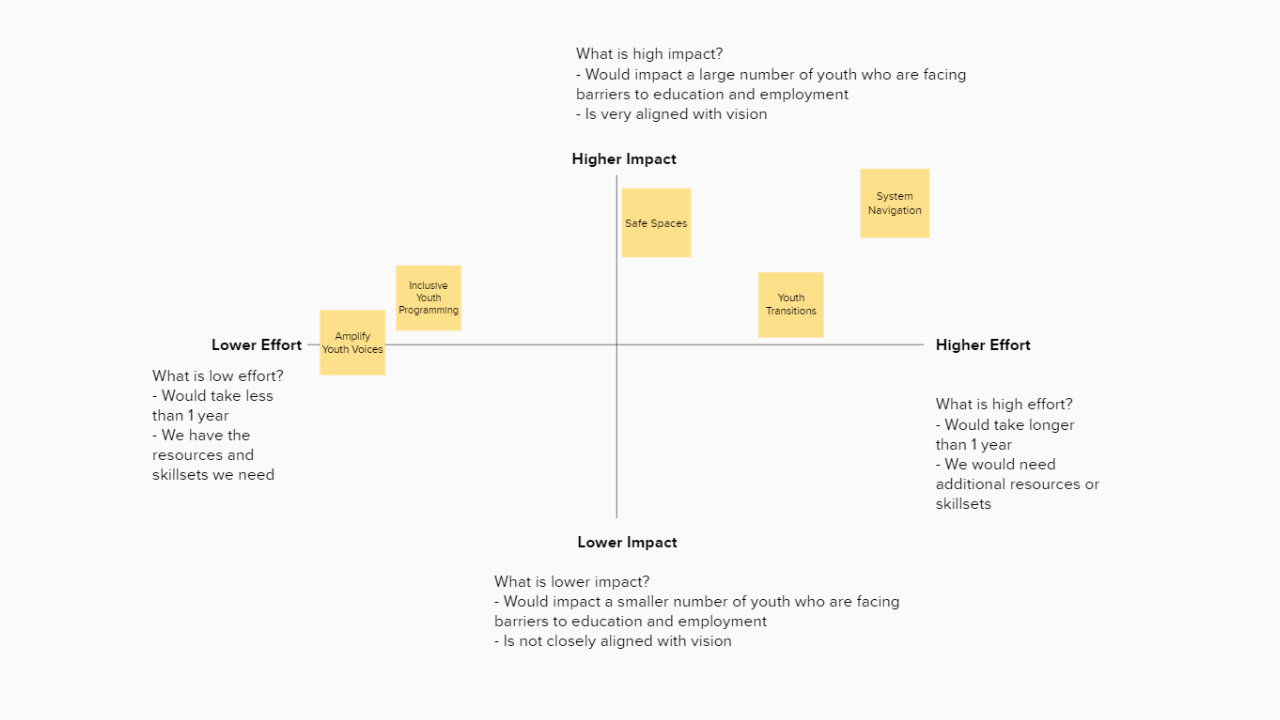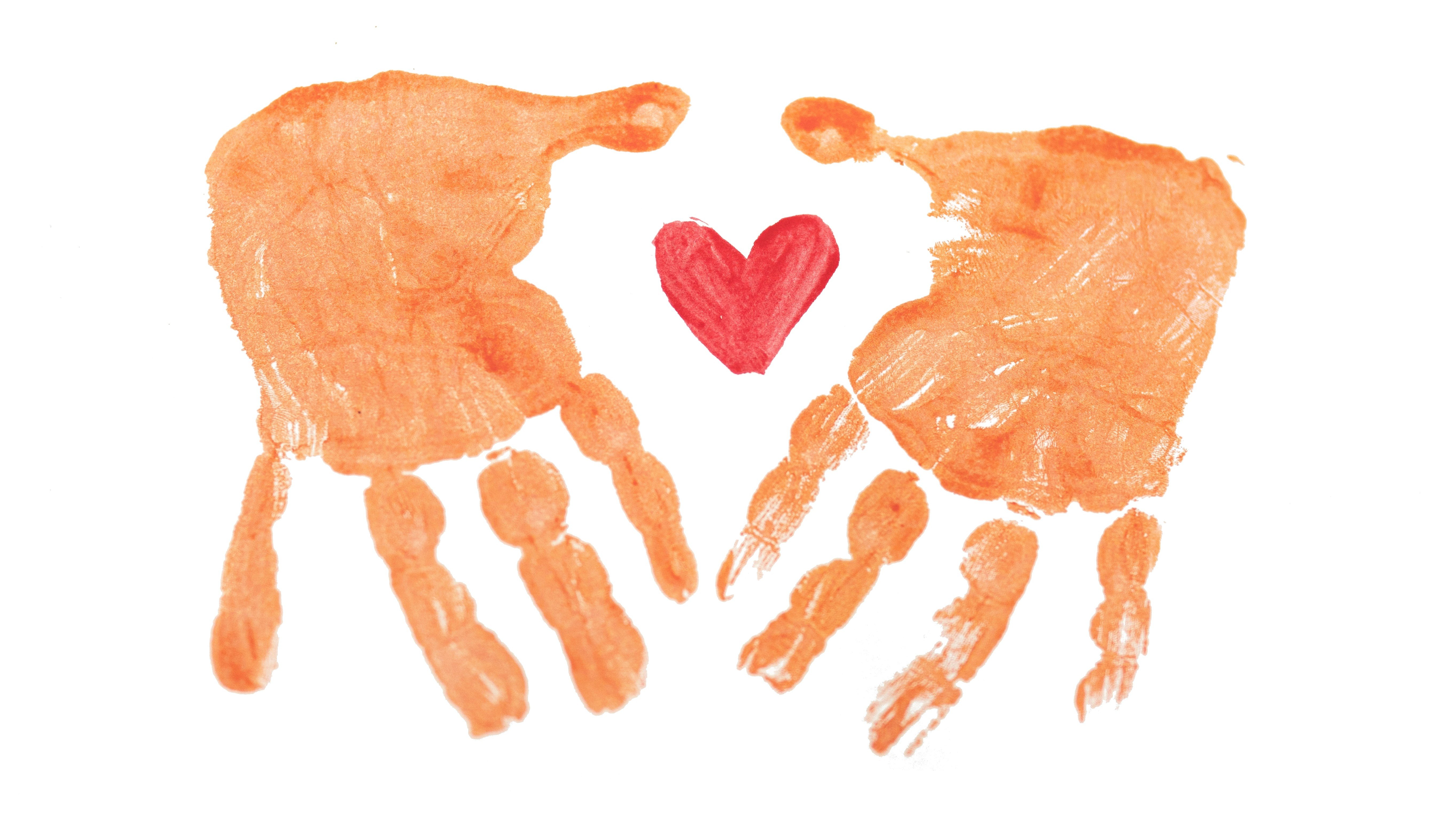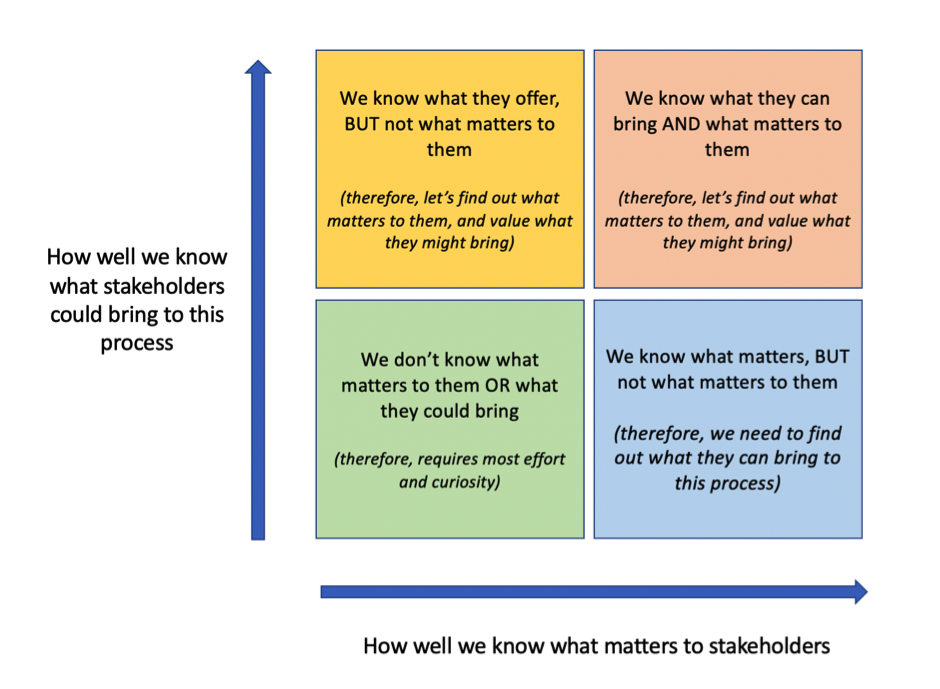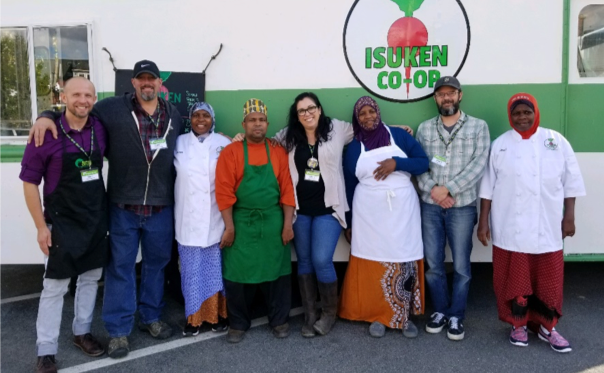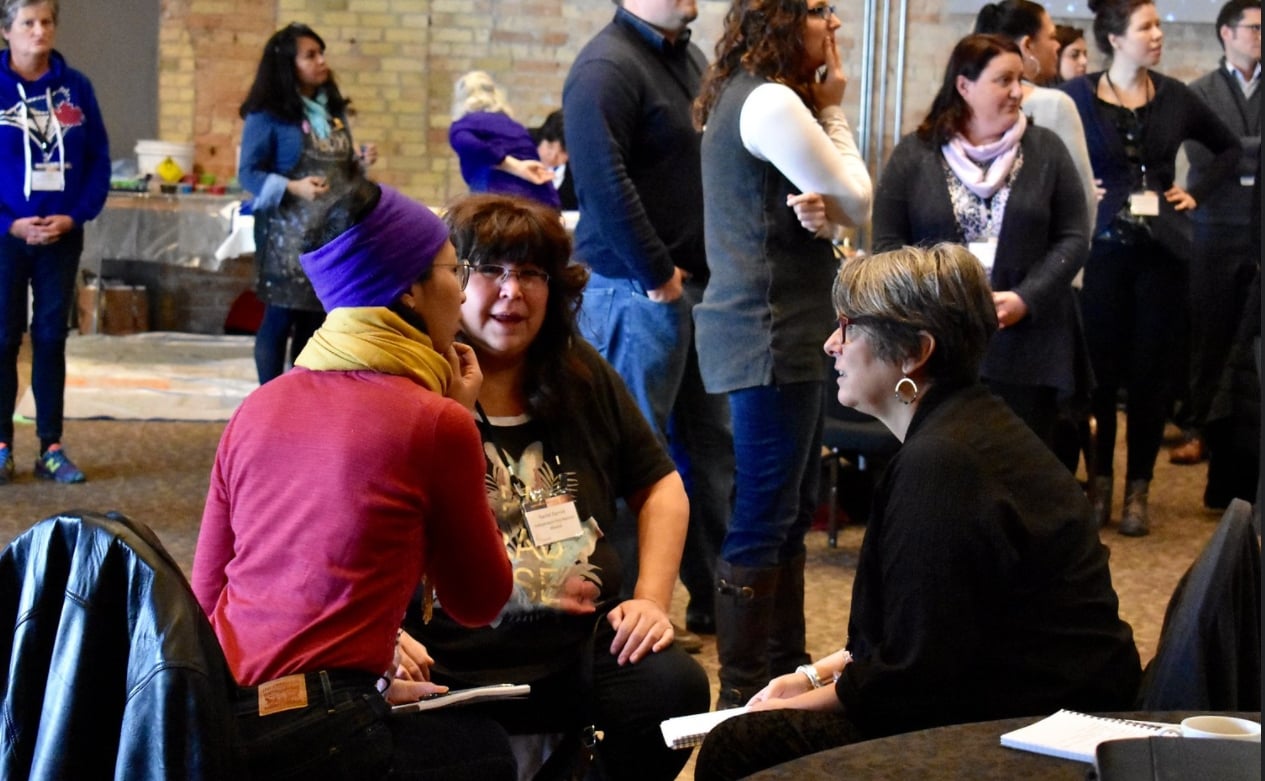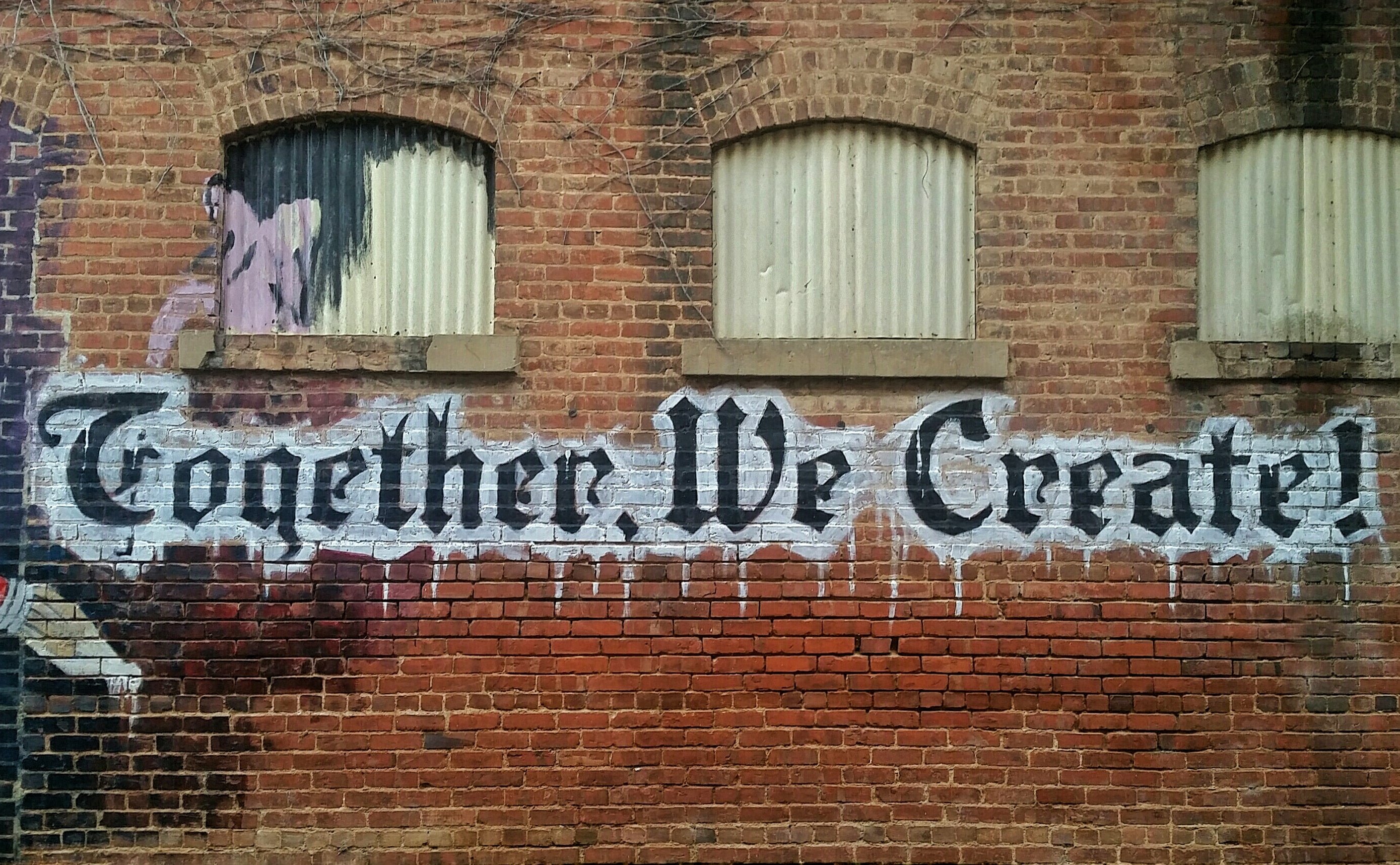There are always more good ideas than are possible to implement. So how do we prioritize which solutions to pursue?
Through our work facilitating community conversations, co-design sessions, and collaborative initiatives, we’ve learned that the moment of prioritization is an important one. If done well, a group can achieve a sense of alignment that can fuel action and build momentum for the work to come.
So, What's Important?
-
We need to ask tough questions. Too often, we take on initiatives because there is funding available, or it is a priority of one of the partners. We should ask, to what degree does this priority help us to advance or move toward our shared goal? Is it core to our work, or could we hand it off to someone else in the community? Who could do this better?
-
We need to ensure the right people are involved in the prioritization process. The ‘right people’ likely include those closest to the issue / with lived experience, those with a sense of responsibility, and those with a desire to take action.
-
It’s important to be specific in the prioritization questions we ask. Too often a generic question is asked like – “which solutions should we prioritize first?” Each person brings their own understanding of what priority means and this makes it harder to reach an agreement.
-
It’s worthwhile to consider more than one dimension when prioritizing. Try using one dimension to filter potential solutions (for example feasibility) and then use a matrix to understand two other dimensions (for example impact and risk). See more about various dimensions below.
-1.png?width=780&height=693&name=MicrosoftTeams-image%20(11)-1.png)
- Take time to get any data needed to do the prioritization. After determining your prioritization questions do the necessary research to inform group decision making. For example, what would that solution cost, how many people could be involved, how long might it take?
What questions should you use to prioritize solutions?
The questions below are organized into 6 dimensions with definitions from The Innovation Ambition Continuum.
Impact
The extent to which an innovation can make a positive difference on a complex societal challenge.
-
Which solutions would have the biggest impact? [note: impact needs to be defined for the specific scenario. For example – to us high impact would be solutions that are closely aligned with the vision and would result in positive benefit for more than 100 people.]
-
Which solutions would have the highest impact on our priority populations?
Feasibility
The extent to which an innovation can be implemented with the existing capabilities in a system and/or requires the development of new ones.
-
Which solutions are possible with $X budget?
-
Which solutions are the best use of our skillsets?
-
Which solutions are closely connected to my/our work?
-
Are any solutions already being undertaken/led by others?
Viability
The extent to which an innovation can be supported by the larger systems of institutions, policies and power structures.
-
Which solutions are within your domain of control/responsibility? – used to understand which solutions can be made possible based on the skillsets and influence of the people in the room.
-
Which solutions are you most excited about? – used to understand the energy in the room. The more energy ideas have, the more viable it is likely to be.
Risk
The extent to which an innovation is likely to experience implementation failure and/or generate unintended and/or negative consequences
-
Which solutions are most likely to succeed?
-
Which are solutions are more or less risky?
Resistance
The extent to which system actors and broader society are likely to embrace or resist an innovation.
-
Which solutions do we all agree will work?
-
Which solutions would produce multiple benefits? – use for multi-solving issues
Enablers
Considering whether timing and order will impact the feasibility and viability of solutions.
-
Which, if done first, would enable other solutions to happen more easily?
-
Which solutions are quick wins (eg. could be done within 4 months) to get the work started? – early action builds momentum and can help a group figure out how to work well together before taking on a large project
What other questions have you found effective when prioritizing solutions?

